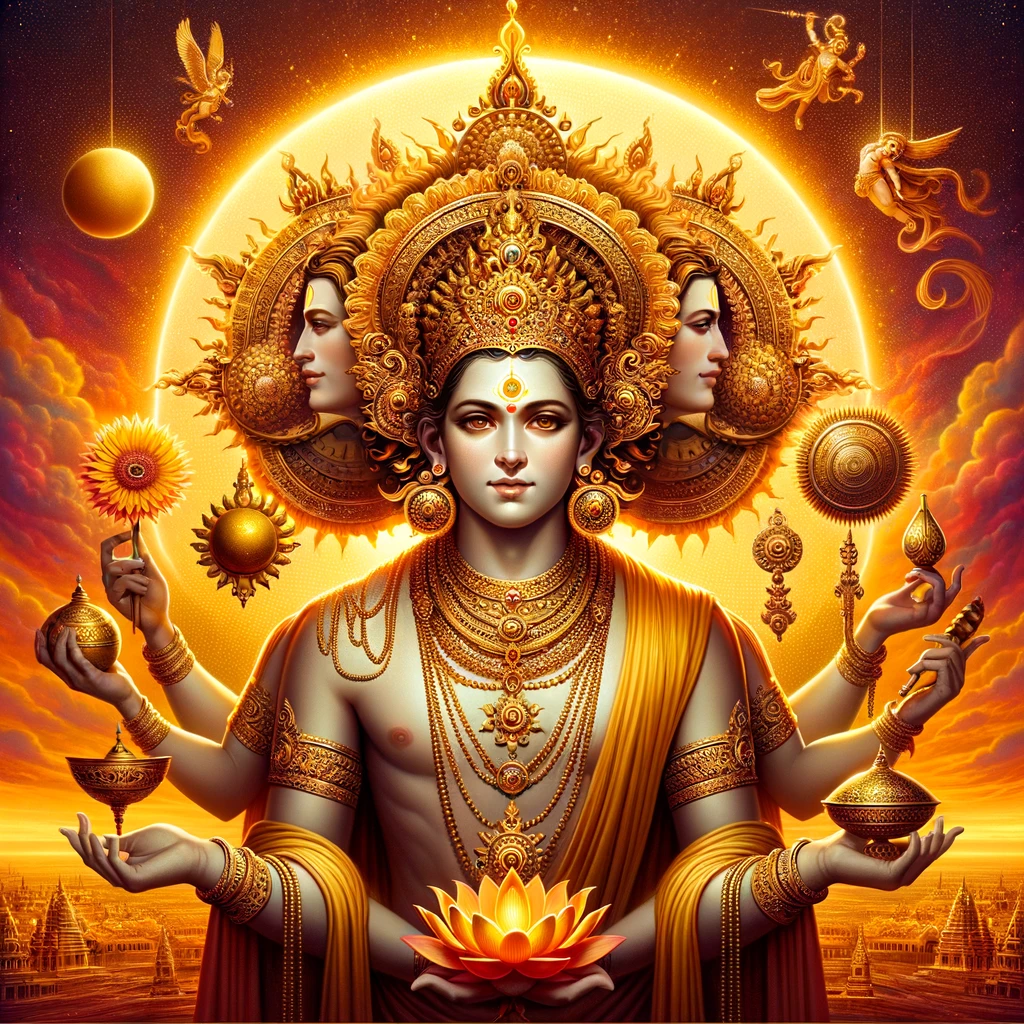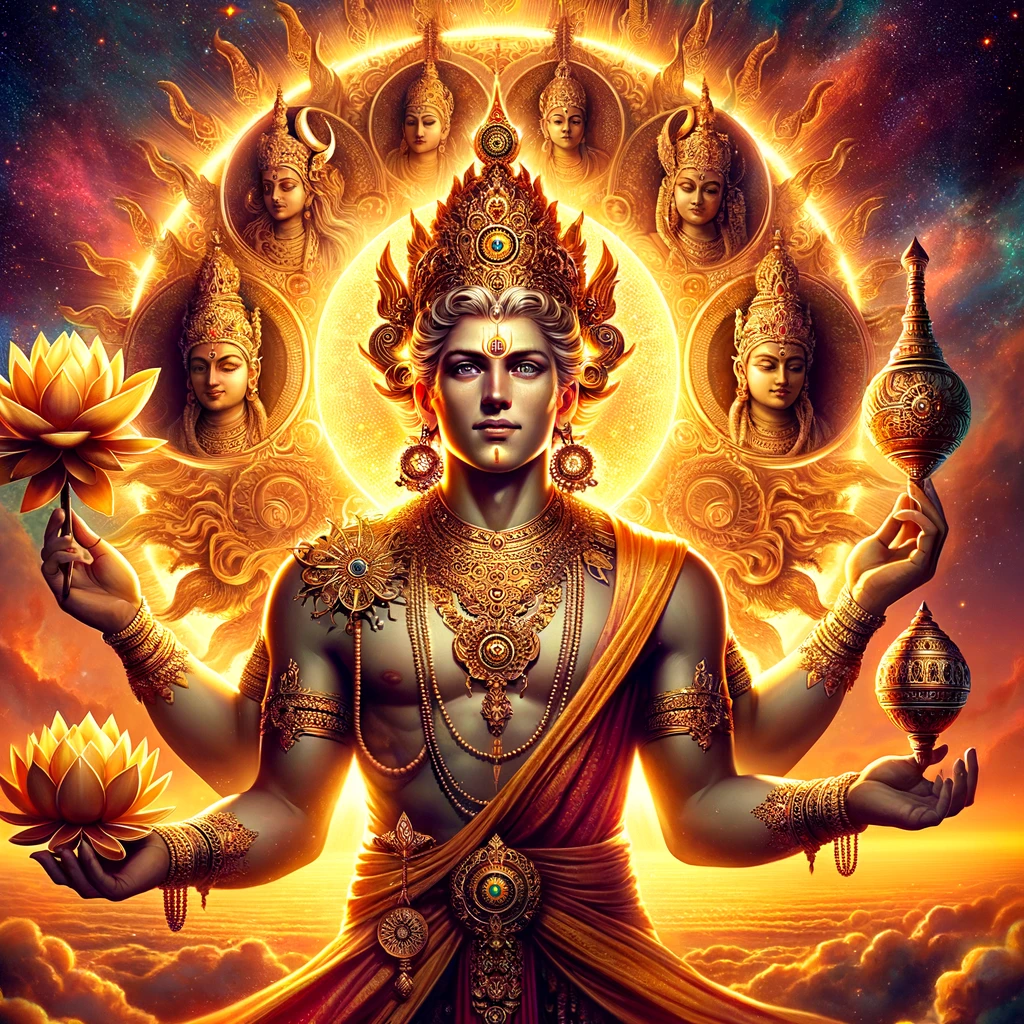The veneration of the sun has been a central aspect of human spirituality and culture throughout history, crossing geographical, cultural, and temporal boundaries. This profound respect and reverence for the sun can be traced back to the earliest human civilizations and continues in various forms to this day.
Ancient Civilizations and Sun Worship
Mesopotamia
In ancient Mesopotamia, the sun was worshipped as a powerful deity known as Shamash (Sumerian: Utu). Shamash was considered the god of justice, morality, and truth, embodying the life-giving and sustaining aspects of sunlight. Temples dedicated to Shamash were built throughout the region, and he was depicted as traveling across the sky in a chariot, illuminating the Earth and the underworld.
Egypt
One of the most well-known sun cults emerged in ancient Egypt, where the sun god Ra (or Re) was a central figure in the Egyptian pantheon. Ra was believed to travel through the sky during the day and through the underworld at night, representing rebirth and the cycle of life. The worship of Ra reached its zenith during the reign of Pharaoh Akhenaten, who promoted the worship of Aten, the sun disk, as the supreme deity.

The Americas
In the Americas, the sun was also a focal point of worship among various indigenous cultures. The Inca Empire revered the sun god Inti, considering him the ancestor of the Inca. Inti was central to the state religion, and his worship was institutionalized through the construction of grand temples and the observance of elaborate rituals.
Europe
In Northern Europe, the Norse mythology revered the sun through the goddess Sól (or Sunna), who was believed to ride across the sky in a chariot pulled by two horses. The sun’s importance in Norse culture is reflected in the solstices, which were significant seasonal markers.
Solar Deities and Symbolism
Across different cultures, the sun was not only worshipped as a deity but also symbolized various aspects of human existence, including fertility, health, and prosperity. Solar symbols, such as the wheel, disk, and halo, have been found in art, architecture, and religious iconography worldwide, illustrating the sun’s pervasive influence.
Solar Observances and Festivals
Solar worship often manifested in the observance of solar cycles, including solstices and equinoxes. These astronomical events were marked by festivals and rituals celebrating the sun’s power and benevolence. For example, the ancient Celts celebrated Midsummer, the summer solstice, as a time of abundance and growth. Similarly, many cultures have winter solstice festivals that celebrate the return of the sun and the promise of spring.
Modern Interpretations
In modern times, the reverence for the sun has transformed but not disappeared. New Age and neo-pagan movements often incorporate solar worship into their practices, celebrating traditional solar festivals and rituals. Moreover, the sun continues to be a symbol of enlightenment, vitality, and the infinite cycle of death and rebirth in literature, art, and philosophy.
Conclusion
The worship of the sun, in its myriad forms, reflects humanity’s enduring fascination with and dependency on this celestial body. From ancient deities traversing the sky in mythic chariots to modern celebrations of the solstices, the sun has been a constant source of inspiration, awe, and gratitude. As we continue to explore the depths of our universe and the mysteries of life, the sun remains a symbol of life’s interconnectedness and the enduring human spirit.
